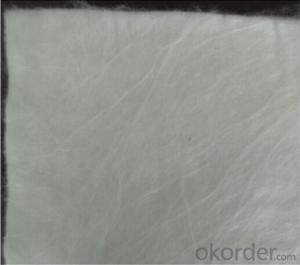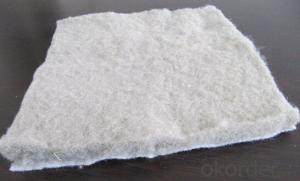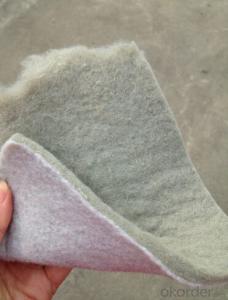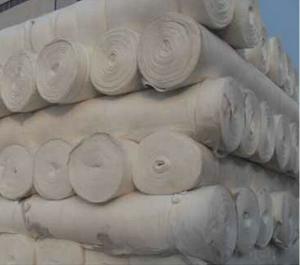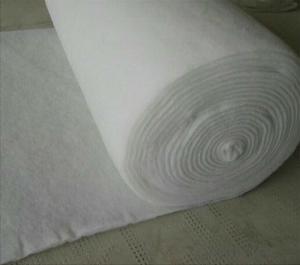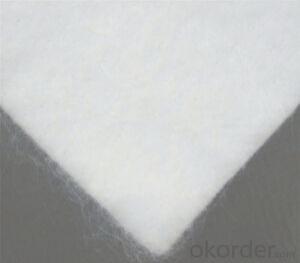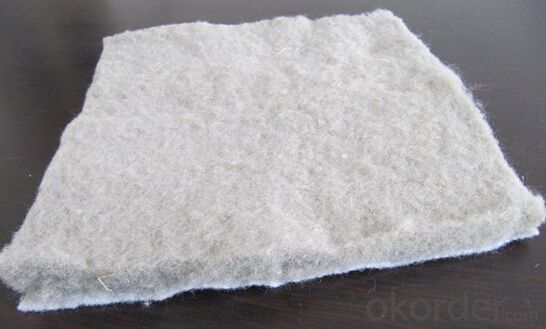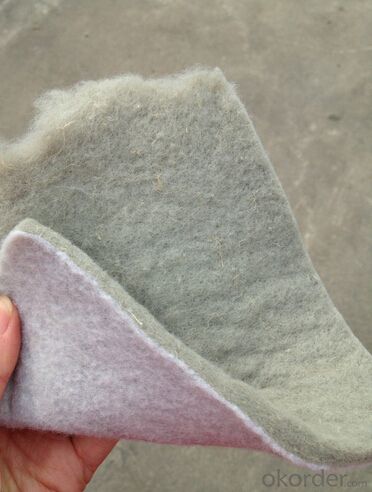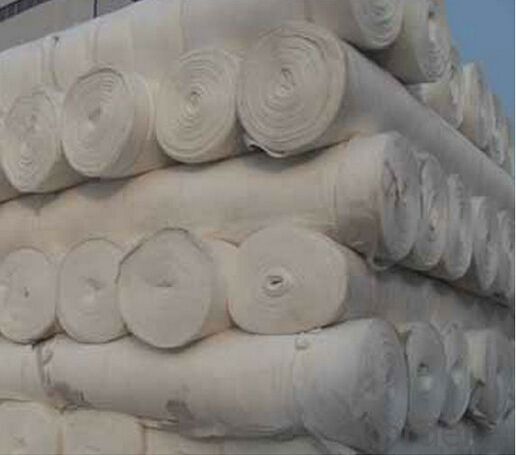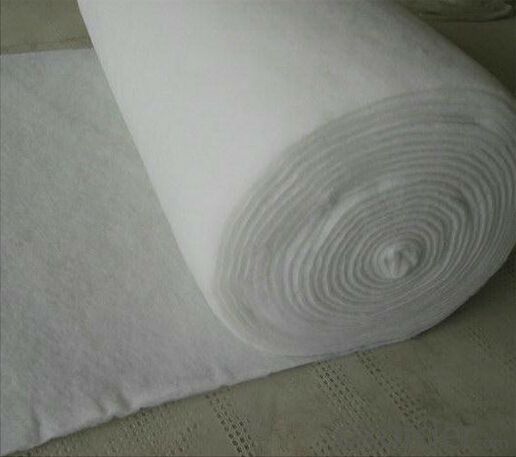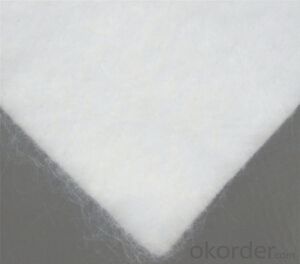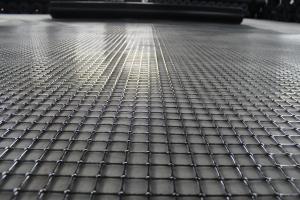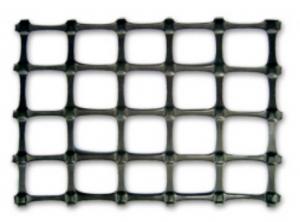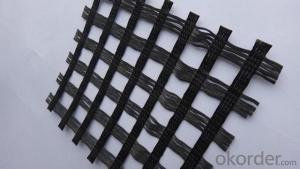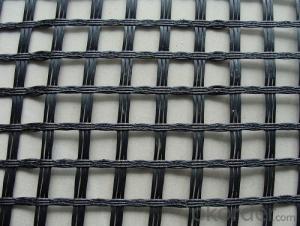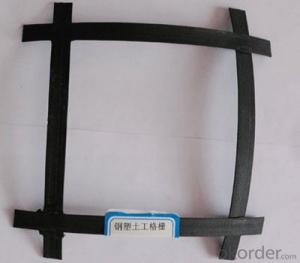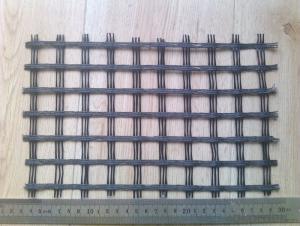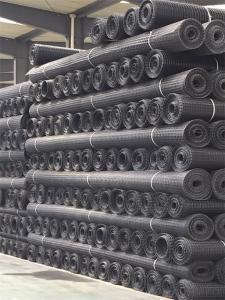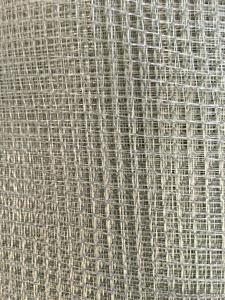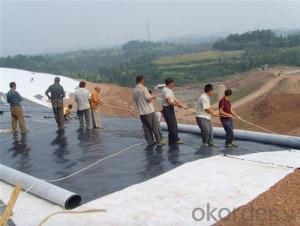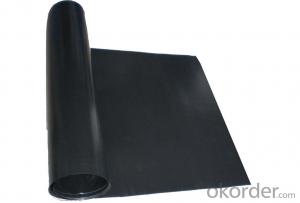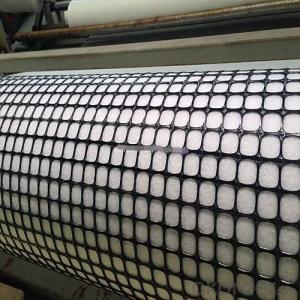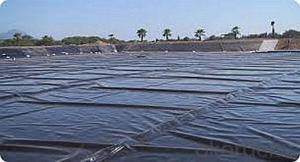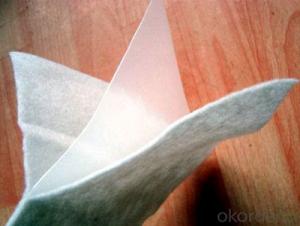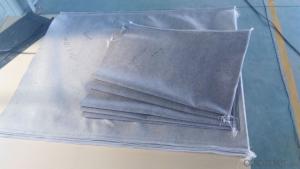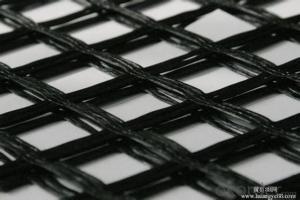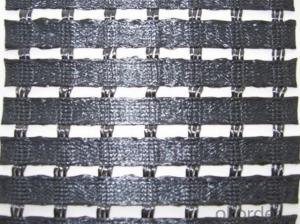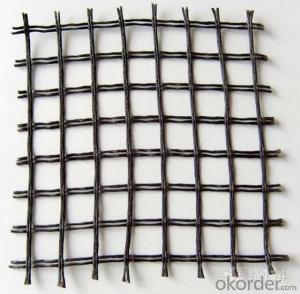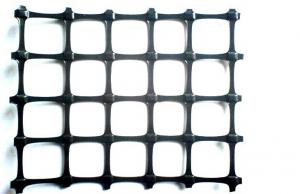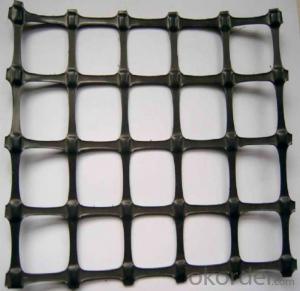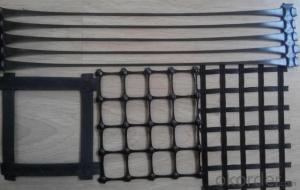High Quality Nonwoven Geotextile Professional Interlock Biaxial Geogrids Geotextile Membrane for Sale
- Loading Port:
- Qingdao
- Payment Terms:
- TT OR LC
- Min Order Qty:
- 5000 m²
- Supply Capability:
- 2000000 m²/month
OKorder Service Pledge
OKorder Financial Service
You Might Also Like
Nutrition geotextile in water environmental engineering .
Specification:
1) Weight / Mass: 100g/m2-1500g/m2
2) Width: Within 8 m (1m-8m)
3) Length: 50m-100m/roll (as request)
4) Material: PP / PET
5) Color: Black , white , grey and other color
6) Certificate: CE/ISO9001 , ISO14001
7) Manufacturing method: nonwoven / woven
8) The Biggest geotextile manufacturer/factory in China for many years
Product Feature:
1. Simple and fast construction
2. Achieve the greening effect quickly after construction
3. Due to the grass and composite fiber fabrics become into one integration, so it has the ability of certain degree of flow resistance for the water rising before the grass survive.
4. Composite fiber fabric is a continuous structure from slope top to slope toe, both ends are fixed, has high water flow resistance.
Technical Specification
5.0 m length and 1.05 m width. Reverse side all used filter material. Grass seeds: Bermuda grass (warm season grass), Bahia grass (warm season grass), Kentucky bluegrass (cold season grass), Tall fescue grass (cold season grass), Red fescue grass (cold season grass). Plant height: 0.1 ~ 0.5 m.
| NO. | Items | Specification | Notes | |||
| 1 | Total unit area weight g/sq.m | ≥380 | ||||
| 2 | dimension | width m | 1.0~2.0 | |||
| length m | as per user’s request | |||||
| 3 | Composite fiber fabrics | Material | Polyester Fiber | High strength PET | ||
| Unit area weight g/sq.m | ≥160 | |||||
| Mesh dimension mm | 8×8 | |||||
| Extension strengh kn/m | ≥11 | MD & CD | ||||
| 4 | Filtra layer | Material | Polyester non woven geotextile | |||
| Unit area weight g/sq.m | ≥40 | |||||
| 5 | Grass seeds, Fertilizer | Type | According to actual situation choose 3~5 grass seeds | |||
| Plant height m | 0.1~0.3 | |||||
| 6 | Fiber layer | Material | wood pulp cellulose | |||
| Unit areaweight g/sq.m | ≥15 | |||||
| 7 | flow resistance | ≥4 | not allow appear scour, suction and blanket turn-over etc. damage phenomenon | |||
| M/s | ||||||
| 8 | Anti-UV strengh conservation rate % | 65~80 | 3000hrs Continuously exposure 3000hrs | |||
| 9 | Supporting spare parts | ABS fastening nail | Material | ABS Resin | Fixed between two blankets by length direction | |
| Fiber diameter mm | 35 | |||||
| Nail length mm | 325 | |||||
| Lnail | Material | Steel wire (content 10% zinc-aluminium alloy) | Used to fix single blanket | |||
| Fiber diameter mm | 4 | |||||
| Nail length mm | 200 | |||||
| ABS connecting nail | Material | ABS Resin | Used in the slope between the two blankets ( width direction) | |||
| Nail length mm | 38 | |||||
| Connecting fiber | Material | High strength Polypropylene | Used in the slope between the two blankets ( width direction) | |||
| Length mm | Cut as per request | |||||
APPLICATION:
Generally laid on the river channel, slope protection etc. slope revetment projects, to control the water erosion, soil loss, meantime can reach the effect of slope ecological restoration and landscape greening, making river back to natural.
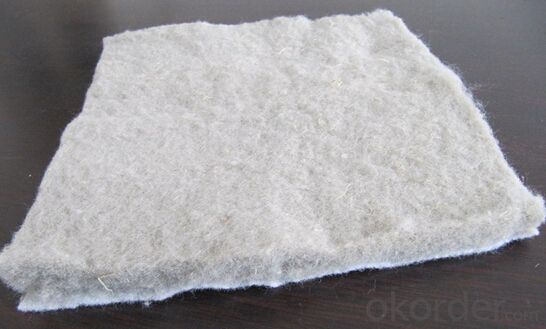
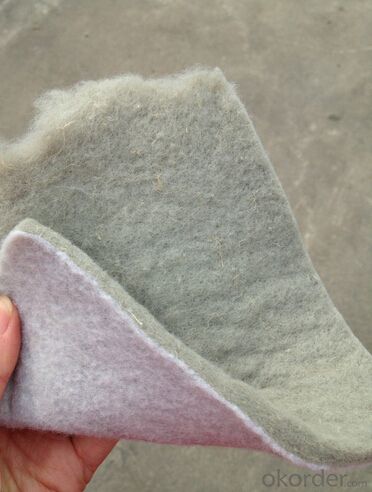
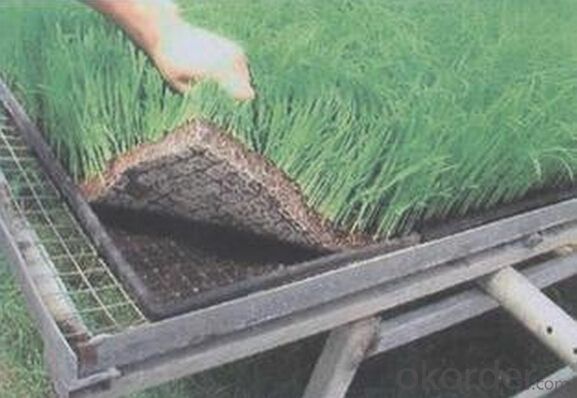
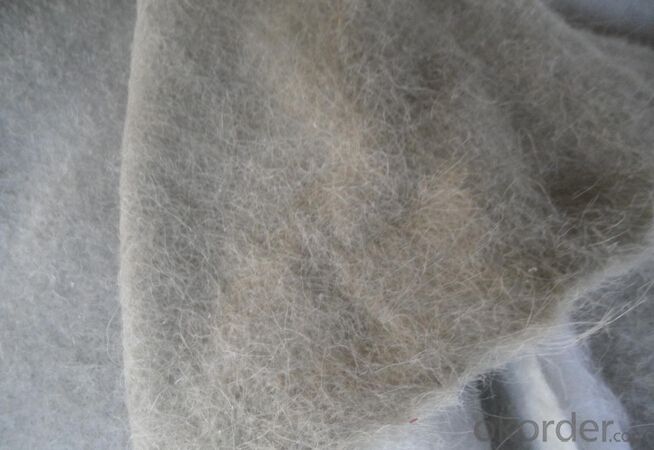
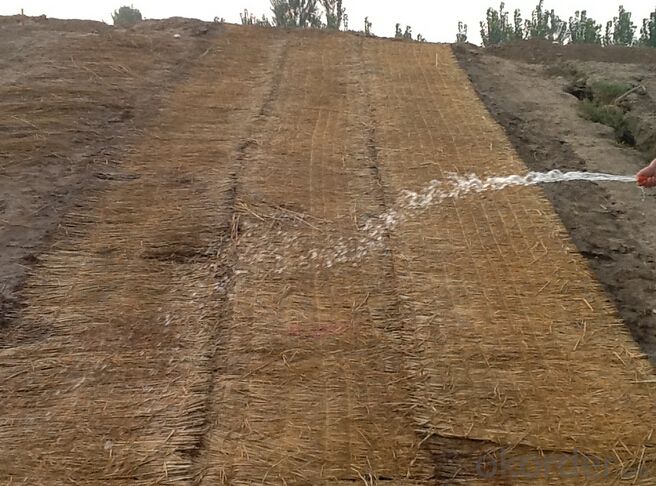
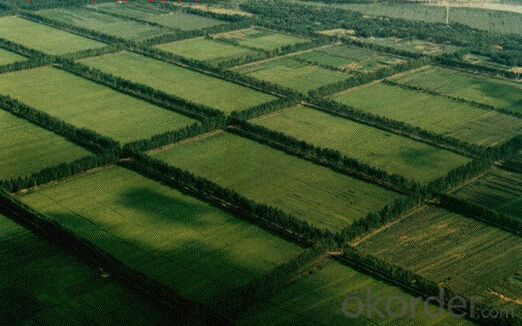
- Q: We would like to change the geogrid reinforced geogrid, I do not know what the reason for change is more reasonable
- If you change the reinforcement, then use the lowest height of the room may be able to succeed, the geogrid thickness of only 3mm, is relatively thin, I hope you can succeed, the difficulty is also some, please take it, thank you, thank you
- Q: Are geogrids suitable for reinforcement of mechanically stabilized aggregate layers?
- Yes, geogrids are suitable for reinforcement of mechanically stabilized aggregate layers. Geogrids are commonly used in civil engineering to enhance the stability and load-bearing capacity of soil or aggregate layers. They provide tensile strength and distribute applied loads, reducing the potential for deformation or failure in mechanically stabilized layers.
- Q: Can geogrids be used in temporary soil stabilization applications?
- Yes, geogrids can be used in temporary soil stabilization applications. Geogrids are commonly used to reinforce and stabilize soil in various construction projects, including temporary applications such as construction sites, event venues, or temporary roadways. They provide effective soil reinforcement, preventing erosion and improving the stability of the soil during construction activities.
- Q: Geogrid per square meter
- Now whether the procurement of products from the Internet or on the market a lot of people are asking about the price of geogrid, and around the various manufacturers offer different, people have no bottom
- Q: How do geogrids improve the performance of geosynthetic filters?
- Geogrids improve the performance of geosynthetic filters by providing additional reinforcement and stability to the filter system. They enhance the tensile strength and load distribution capabilities of the filter, preventing soil erosion and maintaining the integrity of the filtration system. Additionally, geogrids help to reduce pore clogging and increase the overall longevity and efficiency of the geosynthetic filter.
- Q: Are geogrids resistant to biological fouling?
- Yes, geogrids are generally resistant to biological fouling. The synthetic materials used in geogrids are not susceptible to decay or degradation caused by biological organisms such as bacteria, fungi, or algae. This resistance helps maintain the structural integrity and long-term performance of geogrids in various applications.
- Q: What materials are used to make geogrids?
- Geogrids are typically made from high-strength polymers, such as polyester or polypropylene, which are woven or knitted into a grid-like structure.
- Q: Are geogrids suitable for use in reinforced retaining walls?
- Yes, geogrids are suitable for use in reinforced retaining walls. Geogrids are designed to provide stability and reinforcement to the soils behind retaining walls, helping to distribute the loads evenly. They enhance the overall strength and integrity of the wall, preventing soil erosion and reducing the risk of wall failure. Geogrids are commonly used in various types of retaining walls, such as gravity walls, cantilever walls, and reinforced soil walls, making them a reliable and effective solution for reinforcement.
- Q: What are the environmental benefits of using geogrids?
- Geogrids offer several environmental benefits, including improved soil stability and erosion control. By reinforcing soil structures, geogrids help prevent soil erosion and the loss of valuable topsoil, which is crucial for maintaining healthy ecosystems. Additionally, geogrids can be used in slope stabilization, reducing the risk of landslides and protecting nearby habitats. The use of geogrids also promotes sustainable construction practices by minimizing the need for excessive excavation and the use of additional materials, thus reducing the overall environmental impact of infrastructure projects.
- Q: What are the long-term durability characteristics of geogrids?
- Geogrids have excellent long-term durability characteristics. They are designed to withstand harsh environmental conditions, including high temperatures, moisture, and chemical exposure. Geogrids are made from high-strength materials, such as polyester or polypropylene, which provide resistance against degradation and maintain their structural integrity over time. They have a long service life and can effectively retain soil, stabilize slopes, and reinforce paved surfaces for many years without significant deterioration.
Send your message to us
High Quality Nonwoven Geotextile Professional Interlock Biaxial Geogrids Geotextile Membrane for Sale
- Loading Port:
- Qingdao
- Payment Terms:
- TT OR LC
- Min Order Qty:
- 5000 m²
- Supply Capability:
- 2000000 m²/month
OKorder Service Pledge
OKorder Financial Service
Similar products
Hot products
Hot Searches
Related keywords
